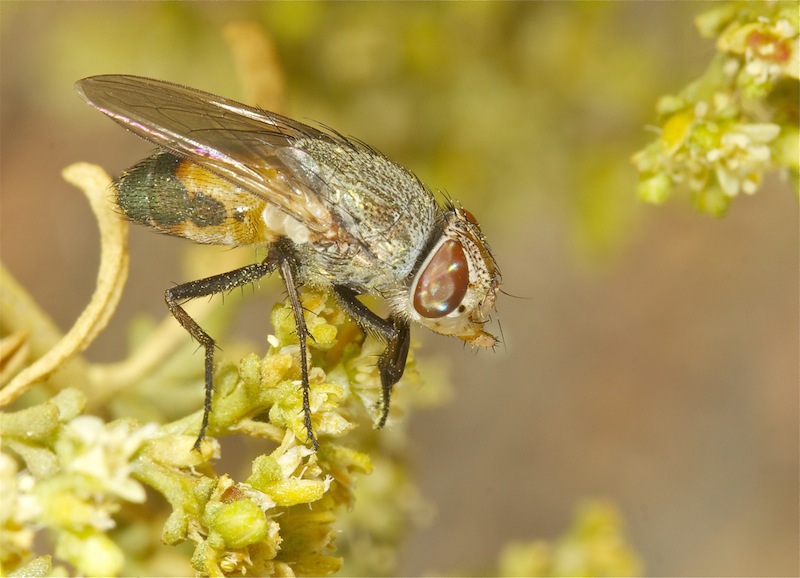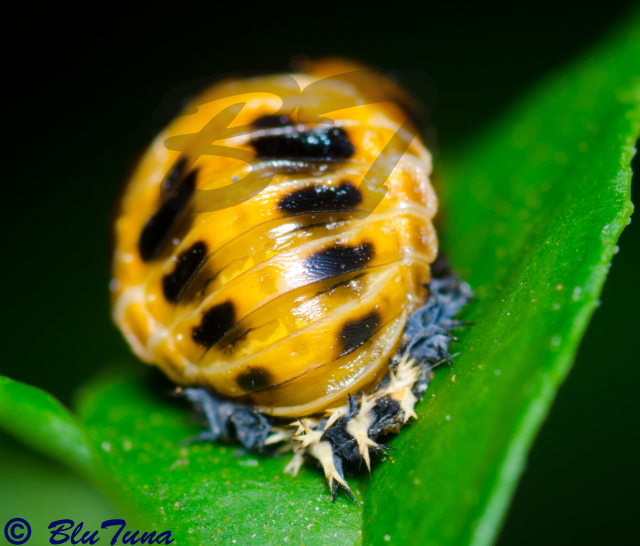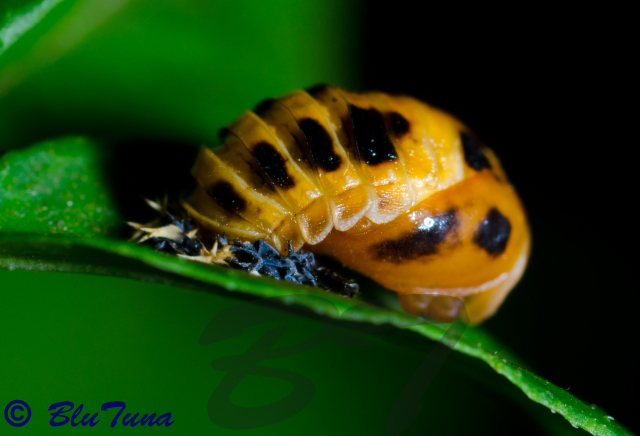To be added please:
Housefly, Common Housefly Musca domestica
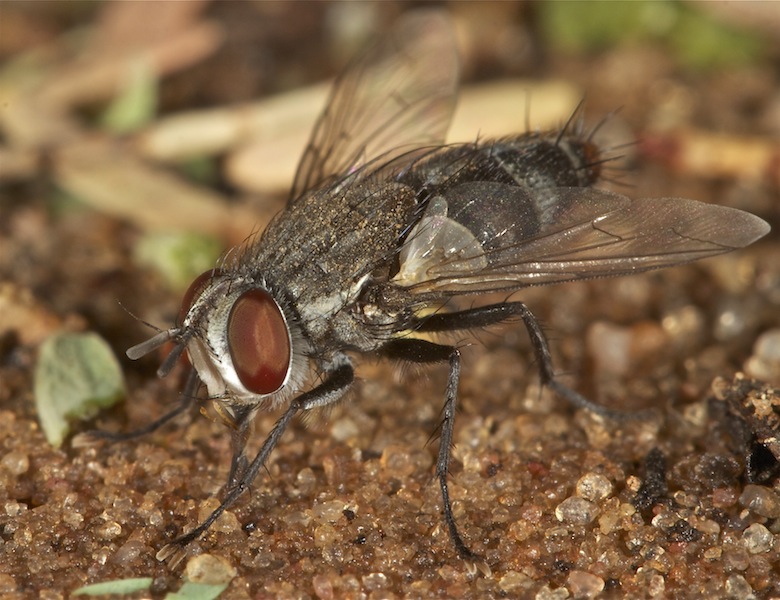
Life Cycle
Female flies lay numbers of eggs in suitable larval food sources such as decomposing food in garbage, animal excrement or other decomposing organic materials. Eggs hatch within a day into small maggots. Within a week, maggots grow and develop through three stages (instars) before they inflate their last larval skin into a puparium (pupa). After 4 to 6 days, adult flies emerge. Development from egg to adult can be completed in about 8 days under optimal conditions, and 12 generations can occur each summer. Adults normally live up to 25 days but may overwinter.
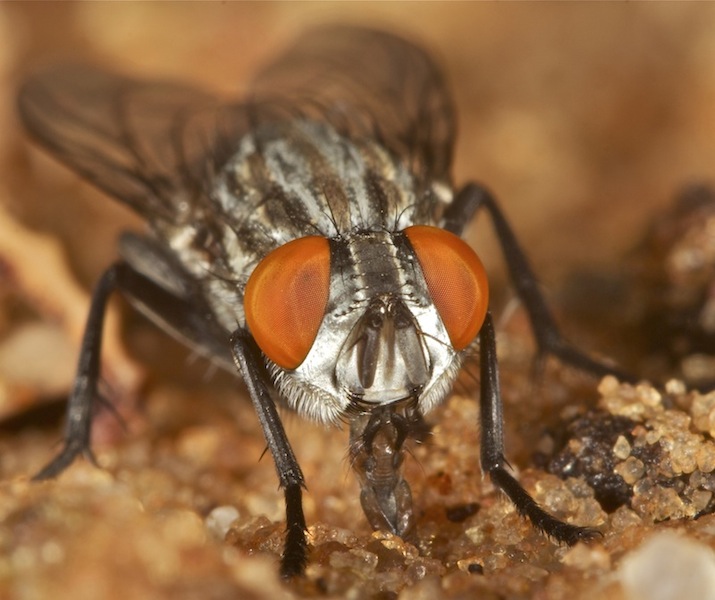
Mouthparts
Its mouthparts are made of soft, spongy structures called a labella and a proboscis. The labella gently dabs liquids into the proboscis, which then sucks up the liquid. If the fly encounters solid food it wants to eat, it drops saliva onto it, turning the food into a liquid.
Flies with sponging mouthparts are usually incapable of biting, however some species have sharp teeth on the pseudotracheae to rasp flesh and draw up blood e.g. the tsetse fly.
I think it is very difficult to tell the genus within the subfamily
I think it is very difficult to tell the genus within the subfamily



Great photo!


